
Change in thinking and doing
Going back in time, from 2005 to 2009, implementing the resettlement policy to build the Son La hydroelectric plant, Muong Khieng commune welcomed 200 households from Muong La and Quynh Nhai districts to 5 resettlement sites: Huoi Pan, Phang Cuong, Bo Phuc, Huoi Phay and Sinh Lep. Mr. Quang Van Hoa, Chairman of the Commune People's Committee, shared: During 20 years of living in their second homeland, the people of the resettlement villages and local households have always been united, attached to each other to help each other produce, develop the economy, and stabilize their lives.
Mr. Quang Van Hoa and the commune's land and agricultural officers took us to Huoi Pan village, nearly 30 kilometers from the commune center, to visit the fish cage farming model. While walking, Mr. Hoa said: To implement the model, each household will be supported with 5 million VND/fish cage according to Resolution No. 88 of the Provincial People's Council on special policies to encourage cooperatives to invest in agricultural and rural development in the province in the period 2015-2020. The commune has also coordinated with credit institutions to create favorable conditions for preferential loans. At the same time, training courses on aquaculture and fishing techniques are organized. Therefore, farmers know how to raise fish properly, ensuring quality.
The story paused when the Da River reservoir appeared before our eyes, the water was crystal clear this season. As soon as we reached the riverbank, Mr. Lu Van Doan, a member of the Huoi Pan Aquaculture Cooperative, was waiting on a motorboat to take us to visit his family's fish cages. Mr. Doan boasted: Thanks to the support of the Provincial People's Council, we invested in building fish cages, each cage has an average area of over 20 m² with a sturdy steel frame. The members of the Cooperative strictly followed the technical requirements for fish care and disease prevention. In addition, they also caught wild trash fish on the Da River to feed the caged fish.

Like Mr. Doan’s family, members of the Huoi Pan Aquaculture Cooperative rely on natural aquatic resources on the Da River for additional income and food for caged fish. In addition, people also use agricultural by-products as fish food, so the fish have firm, fragrant, and delicious meat.
The commune chairman added: To ensure the output for the people's caged fish products, in May 2016, Huoi Pan Aquaculture Cooperative was established. Currently, the Cooperative has 12 members, raising 44 cages of grass carp, tilapia, common carp, yellow catfish, and catfish. On average, each year, the Cooperative sells nearly 30 tons of various types of fish to the market, earning over 1 billion VND.
Leaving the lake, we returned to Bon village, visited fruit tree growing models, and developed livestock farming towards commodities. Mr. Quang Van Vong, Party cell secretary and village head, said: Currently, the village has 135 hectares of longan and mango trees, with an output of more than 200 tons/year; cultivates 55 hectares of cassava, with an output of 550 tons/year; and protects 65 hectares of forest. To help people consume the products, the village management board propagates and mobilizes people to join together to establish a Fruit Tree Growing Cooperative on Bon village's sloping land.
Visiting the villages, I was delighted to see that the people had changed their “ways of thinking and ways of doing things” in economic development. After being propagandized and mobilized by the Party Committee and the commune government, the lowland villages converted the low-yield corn growing area to growing fruit trees and developing business and services; the highland villages focused on developing livestock farming; the villages along the Da River took advantage of the water surface area to raise fish in cages.
Choosing the appropriate economic development direction for each region has helped people in 23 villages in the commune have a prosperous life. Currently, the whole commune is intensively cultivating 180 hectares of double-crop rice, nearly 1,000 hectares of high-yield cassava; taking care of more than 380 hectares of fruit trees. People also raise over 49,000 poultry, grow 150 hectares of elephant grass as food for over 12,000 livestock; maintain 62 fish cages on the hydroelectric reservoir; protect over 1,100 hectares of forest... The whole commune has 4 cooperatives operating in the agricultural sector, helping to link households to develop sustainable production and livestock farming.
Mobilizing resources to help people
Accompanying the people in the fight against poverty, the Party Committee and the government of Muong Khieng commune have mobilized resources from the State's programs and projects, especially the National Target Program on new rural construction, sustainable poverty reduction, and socio-economic development in ethnic minority and mountainous areas.

From 2023 to present, the commune has invested in building and repairing cultural houses in the villages of Phe Hang, Puc Tun, Sao Va, Ban Khieng, Sat, Lua Hang, Nhoc Thong, with a total cost of 6.5 billion VND; maintaining the Muong Khieng market project, Hin Lep village domestic water project; Khieng village irrigation project; maintaining, repairing and preserving the roads to Huoi Pan village, the road connecting Lua Hang village - Lan village, the road to the production area of Thuan On village...
Currently, the commune is carrying out the steps of opening bids, disbursing, and handing over 462 breeding cows of the project to support production development under the national target programs 1719 and sustainable poverty reduction for beneficiaries in the second quarter of 2025; building a tentative plan for capital investment to repair roads in Pong and Ton Po villages...
Visiting the road to the production area of Thuan On village, which is over 1.1 km long and costs over 1.6 billion VND, of which the people contributed over 470 million VND, has just been handed over and put into use in early 2025. Mr. Lo Van Doi, Party cell secretary and head of Thuan On village, shared: People are happy when the road connecting to the production area is built, helping people to travel conveniently, and agricultural products are purchased by traders at high prices by car, no longer being forced down like before.

Along with infrastructure investment, the Party Committee and the government of Muong Khieng commune focused on leading and directing mass organizations to coordinate with the Transaction Office of the District Social Policy Bank, the District Branch of the Bank for Agriculture and Rural Development, to review the needs, support loan procedures and disburse preferential credit capital for 975 households to borrow capital to develop production, with a total outstanding loan of more than 54 billion VND. Coordinate with units and enterprises to organize consulting activities and introduce jobs for more than 400 people working outside the province, with an average income of 7-10 million VND/person/month.
Although it is a particularly difficult commune, thanks to the State's attention to infrastructure investment and the people's efforts to improve, the socio-economic situation of Muong Khieng commune has had positive changes. Up to now, Muong Khieng commune has met the following criteria: irrigation, electricity, rural trade infrastructure, information and communication, production organization and rural economic development, culture, political system and access to law, national defense and security. In 2025, the commune strives to meet additional criteria on health and transportation. 98% of households have access to the national grid; 97.6% of households have access to television; 100% of households have access to clean water. In 2024, the commune's poverty rate will decrease to 6.5%.

Witnessing the changes in the land during a difficult time, we appreciate more the achievements that the Party Committee, government and people have strived to rise up. Muong Khieng today is taking advantage of state investment and promoting internal strength of the people, effectively exploiting the potential and advantages of the homeland, making the people's lives and the appearance of the countryside better.
Source: https://baosonla.vn/kinh-te/khoi-sac-muong-khieng-yMFLjkAHg.html


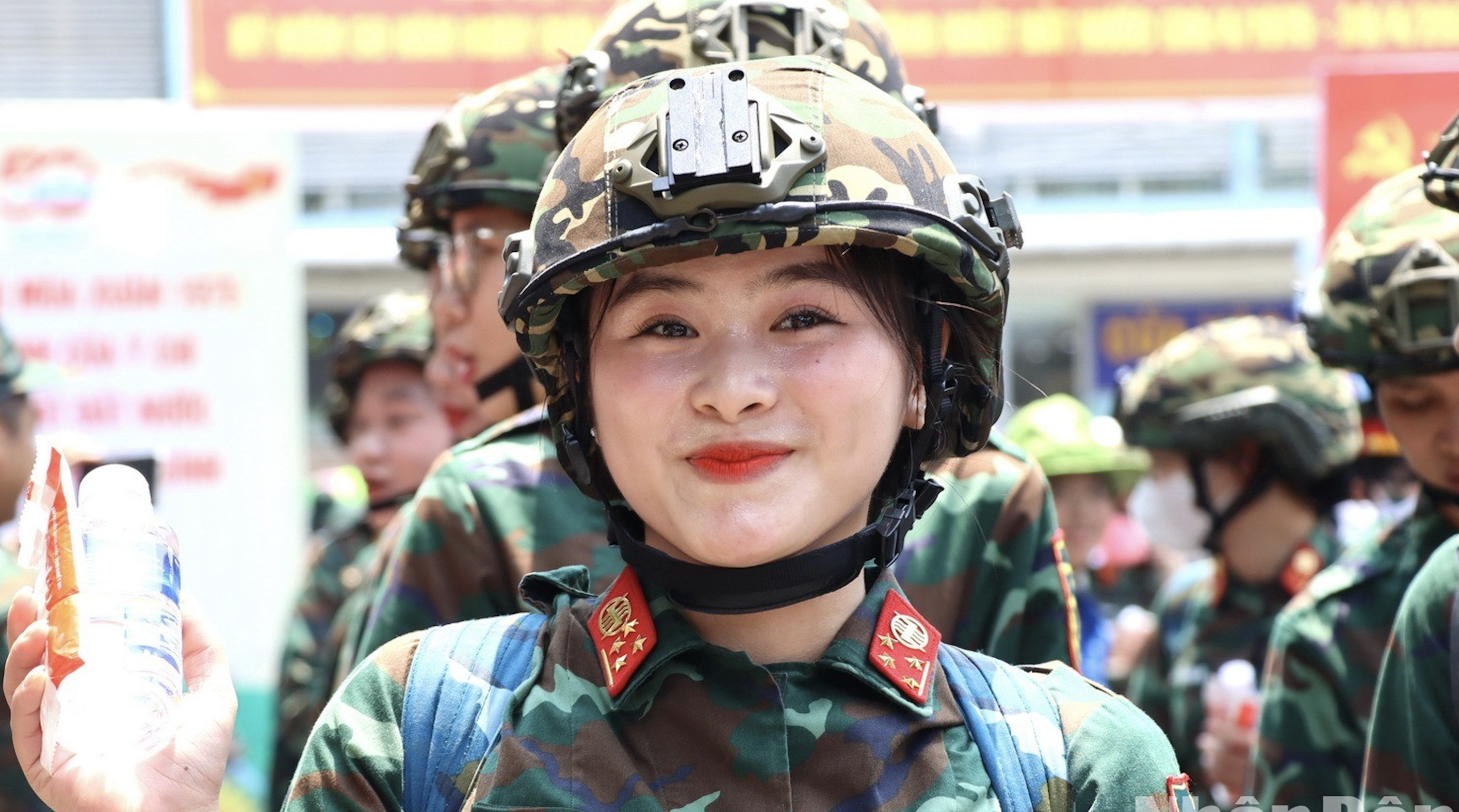
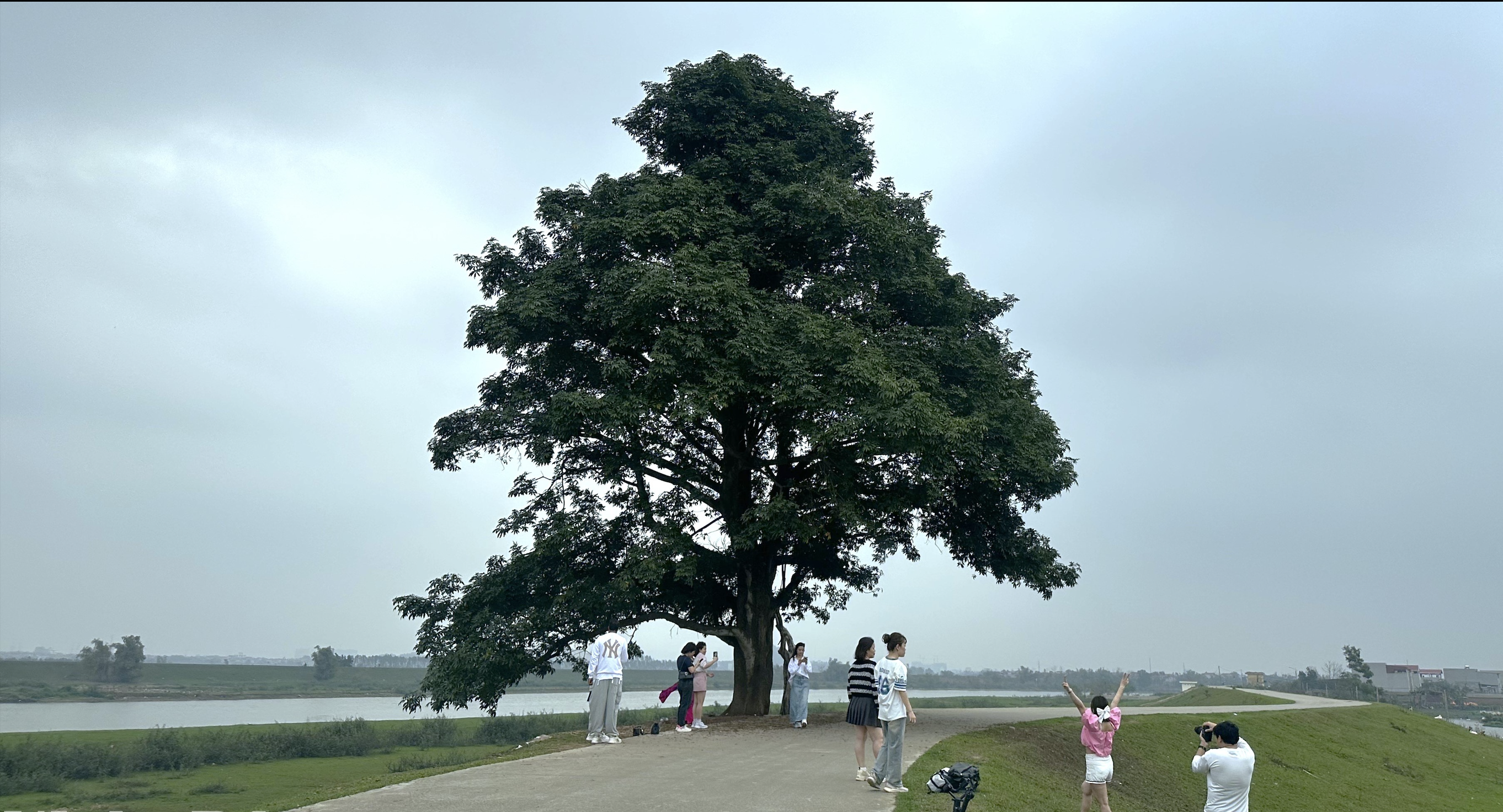
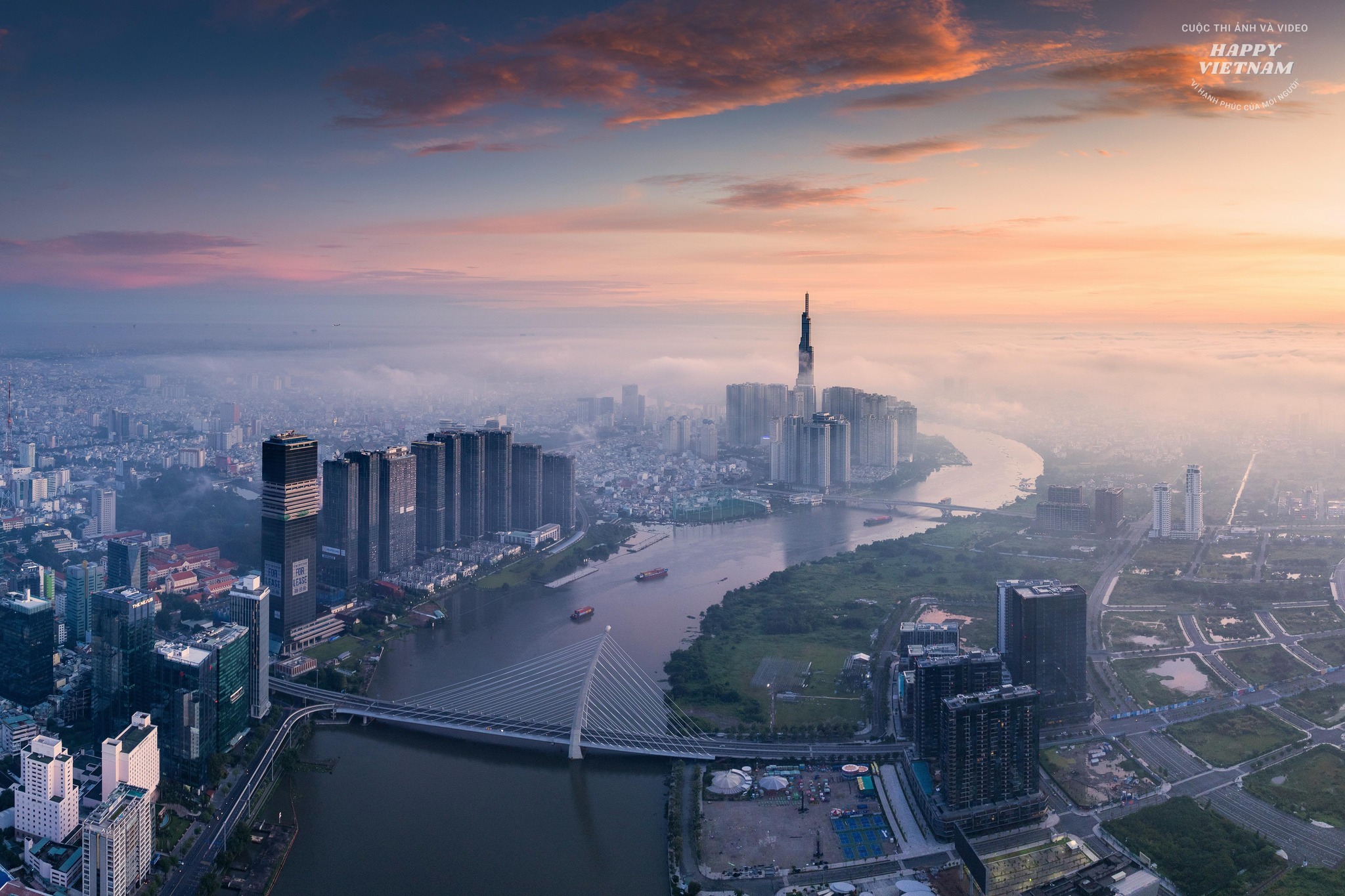
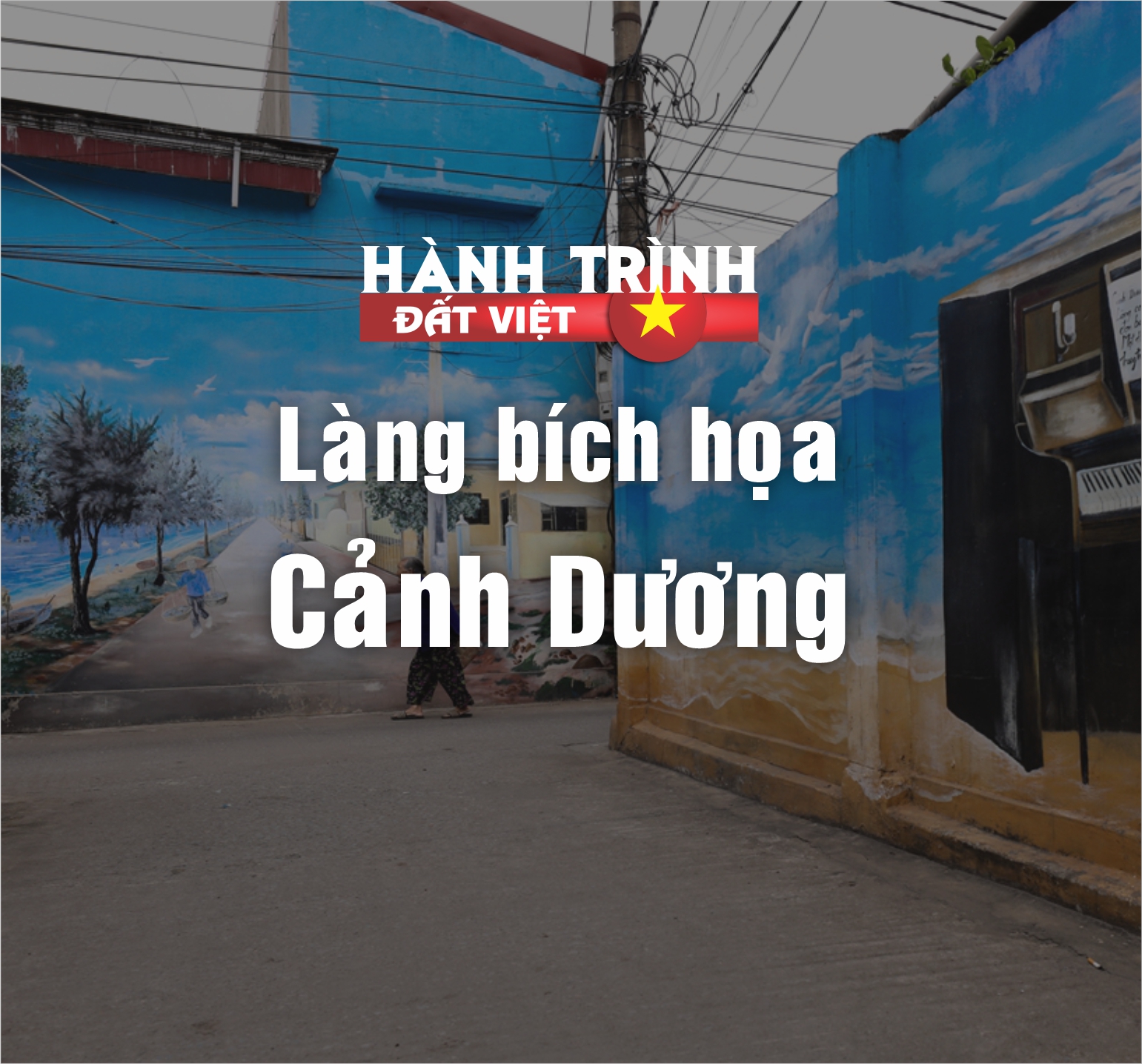
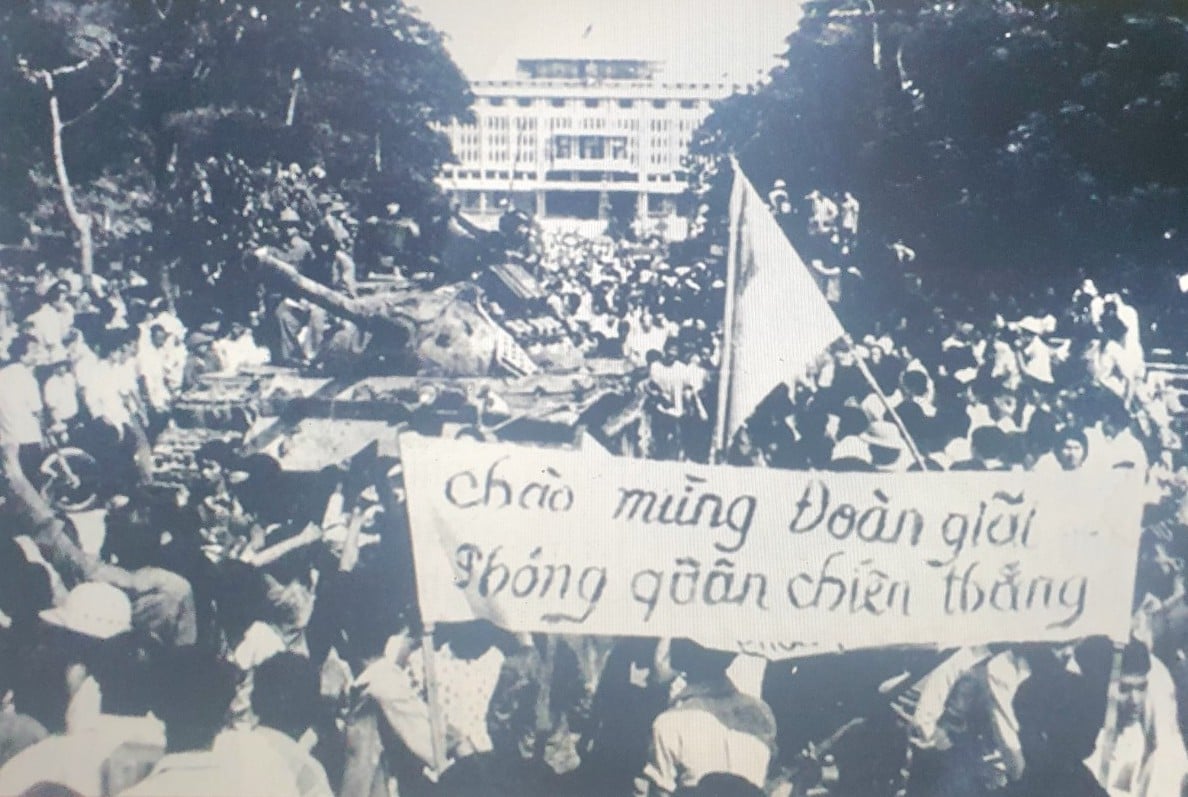
![[Photo] Prime Minister Pham Minh Chinh chairs meeting on US imposition of reciprocal tariffs on Vietnamese goods](https://vstatic.vietnam.vn/vietnam/resource/IMAGE/2025/4/5/9b45183755bb47828aa474c1f0e4f741)
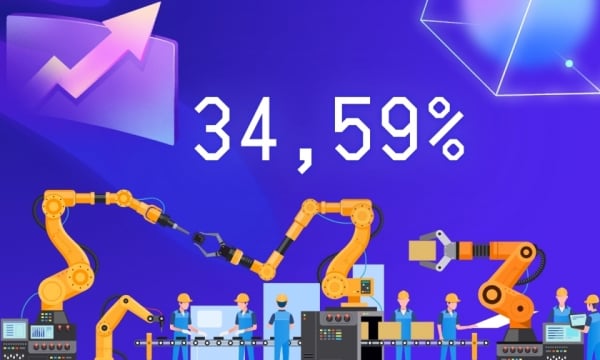
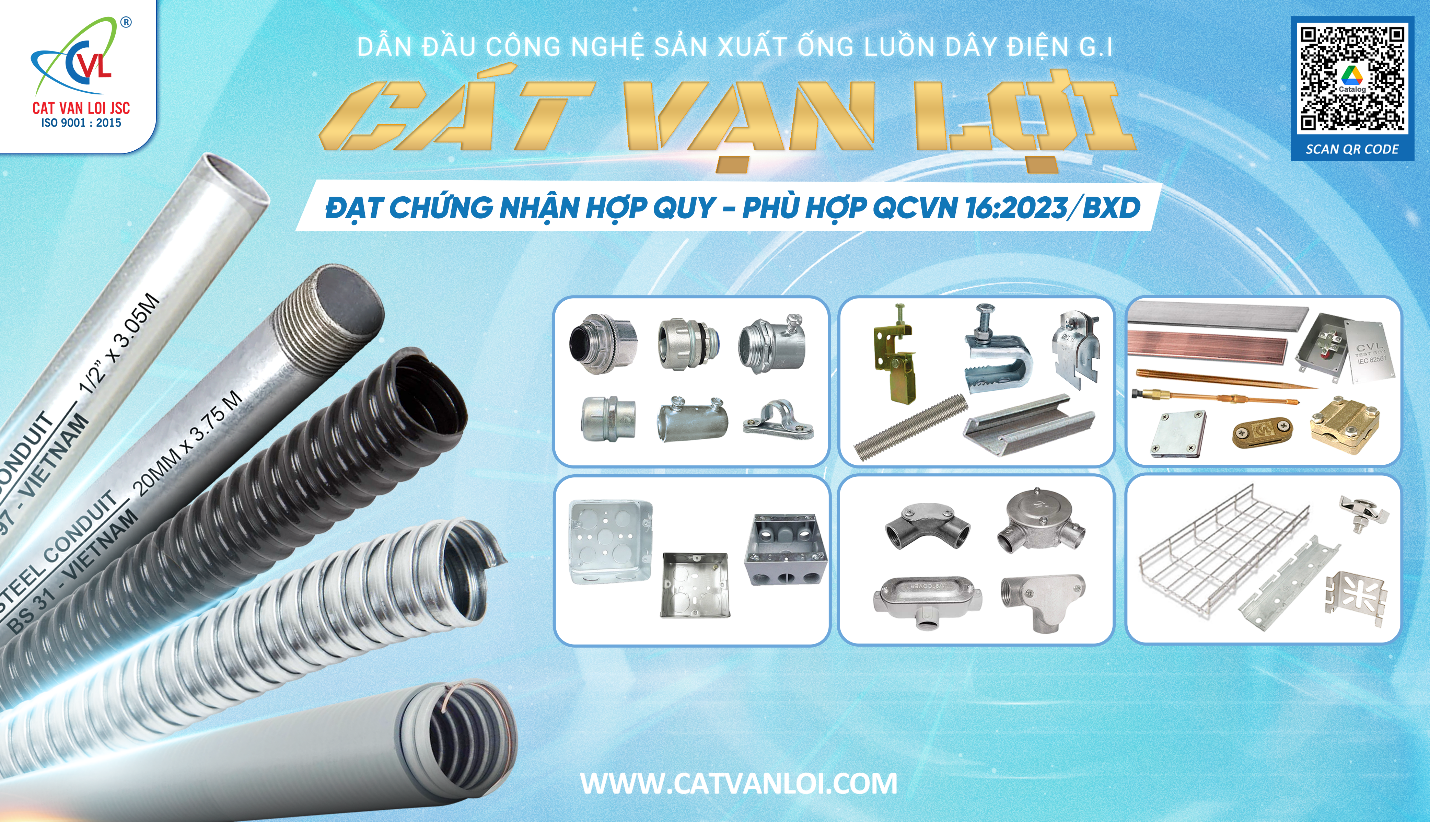
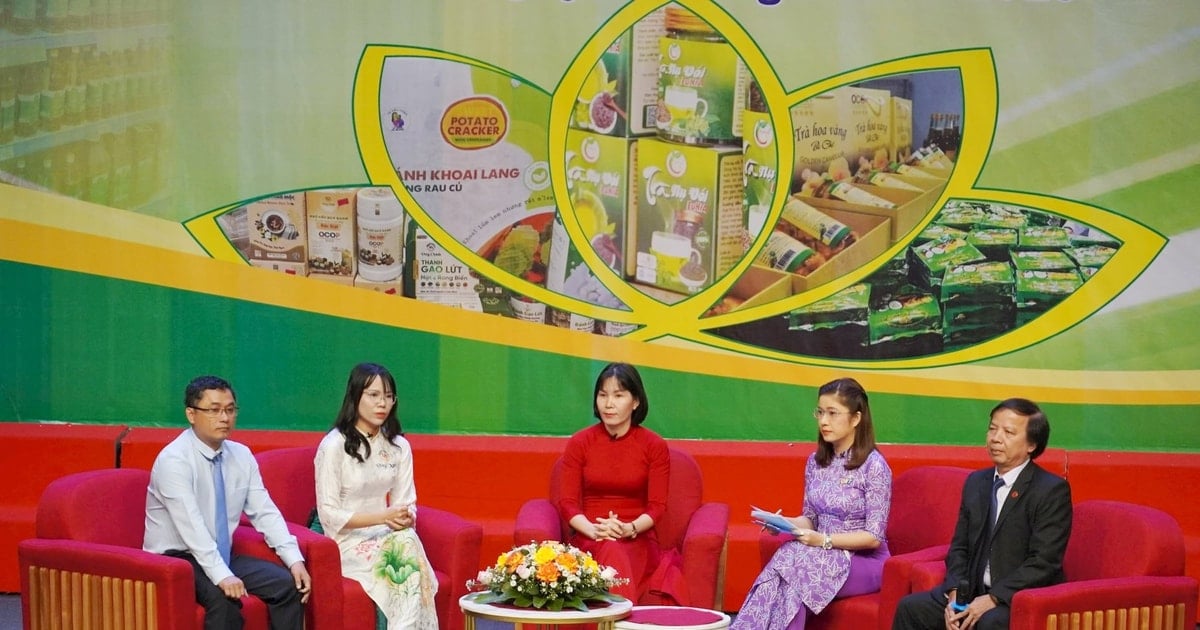
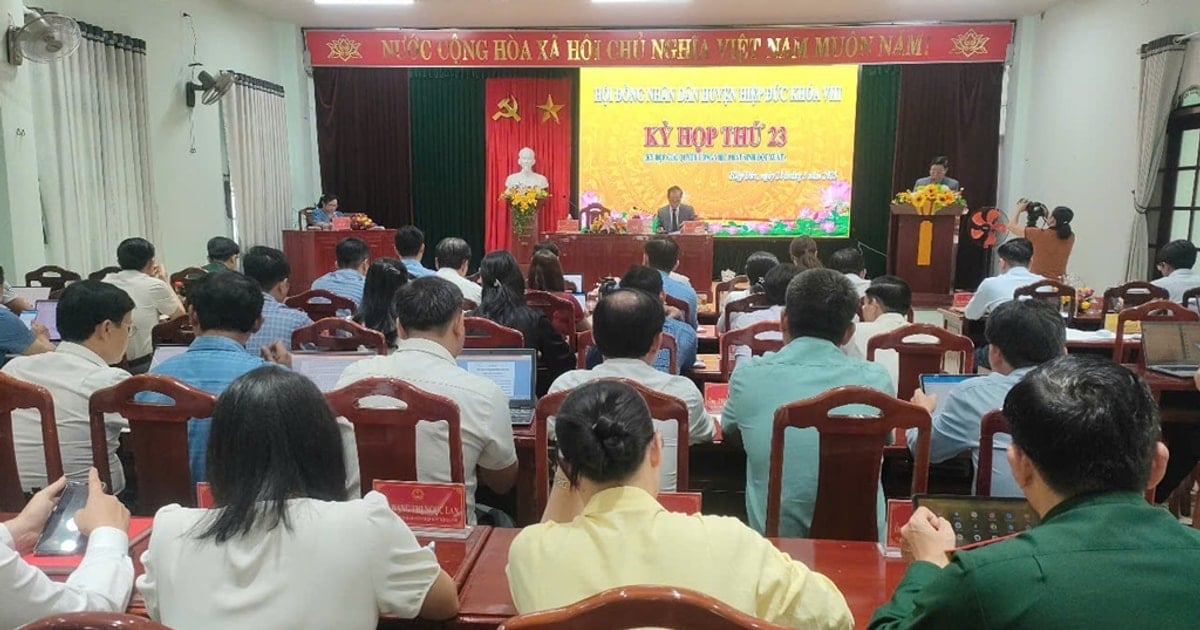
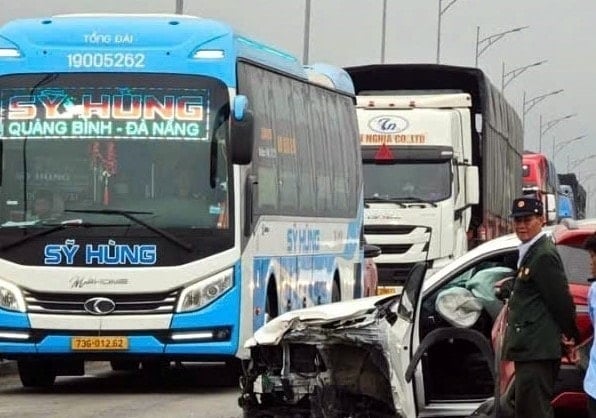
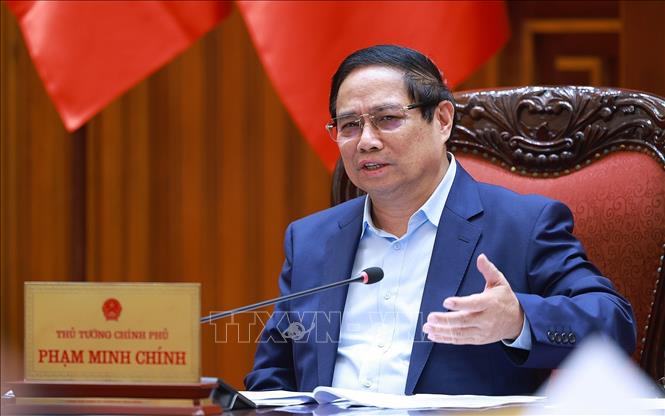

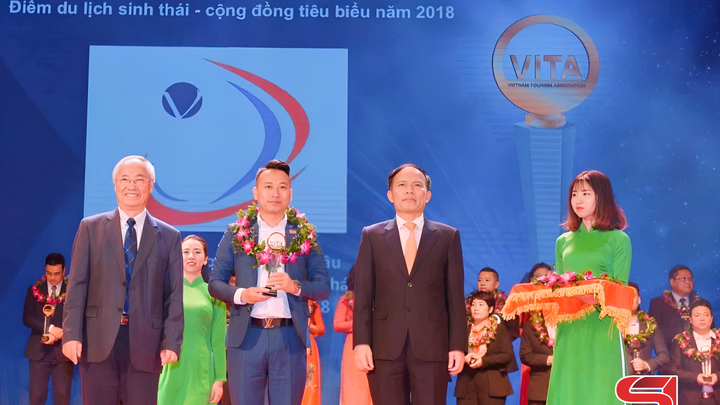
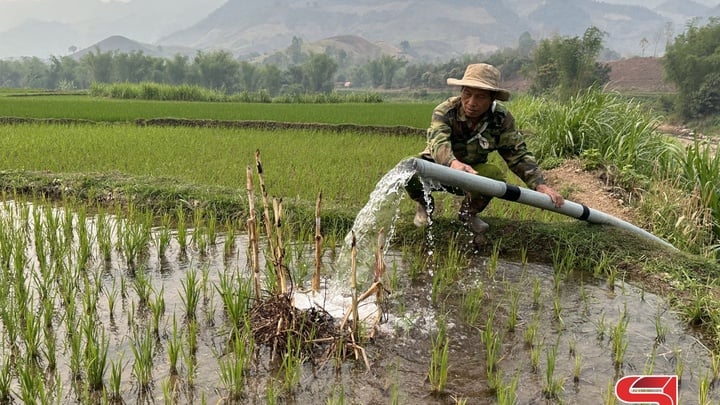



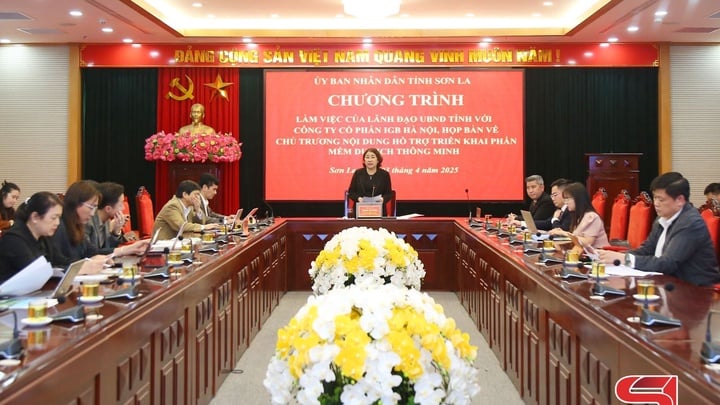
![[Photo] Hanoi flies flags at half-mast in memory of comrade Khamtay Siphandone](https://vstatic.vietnam.vn/vietnam/resource/IMAGE/2025/4/5/b73c55d9c0ac4892b251453906ec48eb)
![[Photo] Dong Nai people warmly welcome the forces participating in the parade](https://vstatic.vietnam.vn/vietnam/resource/IMAGE/2025/4/5/ebec3a1598954e308282dcee7d38bda2)
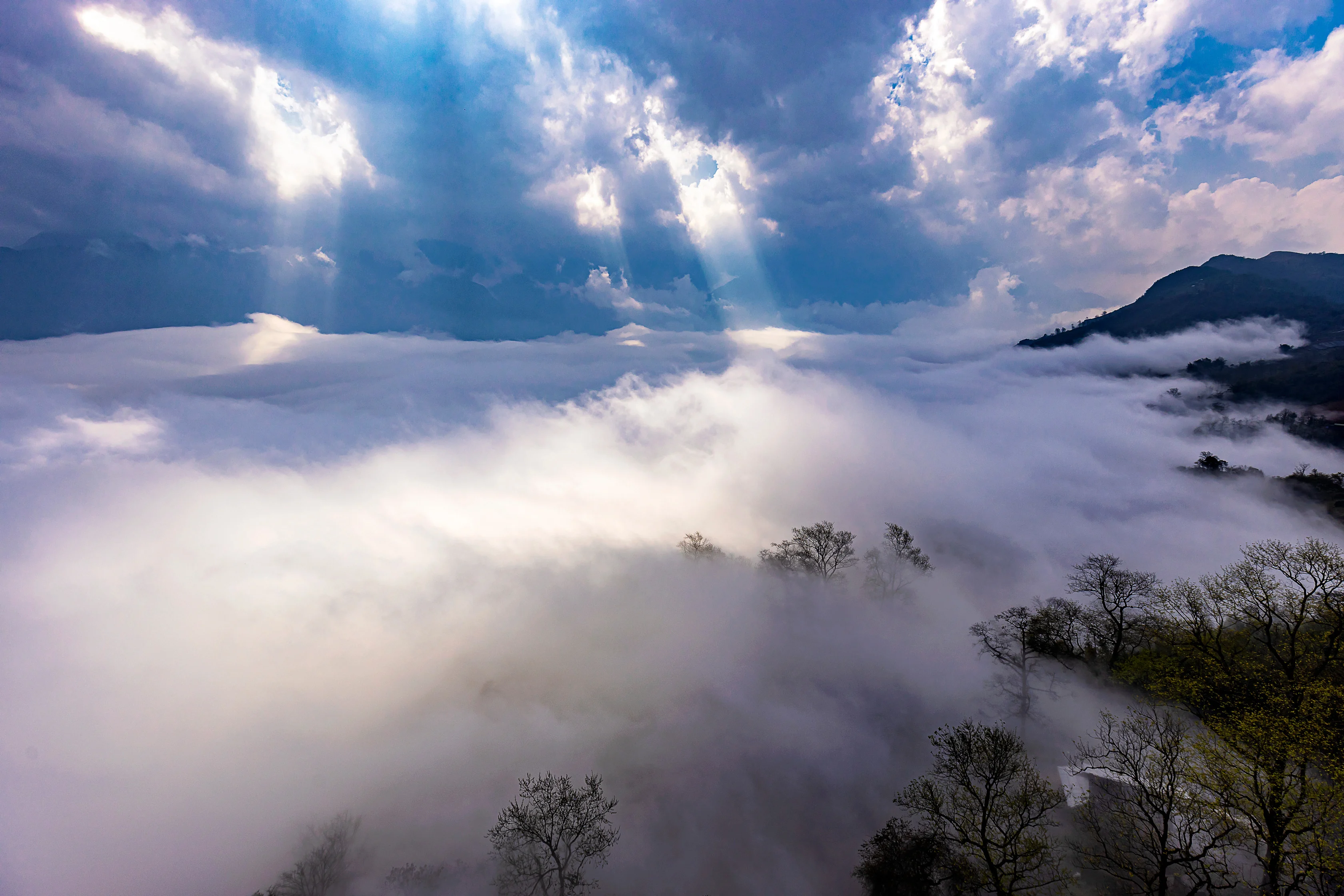
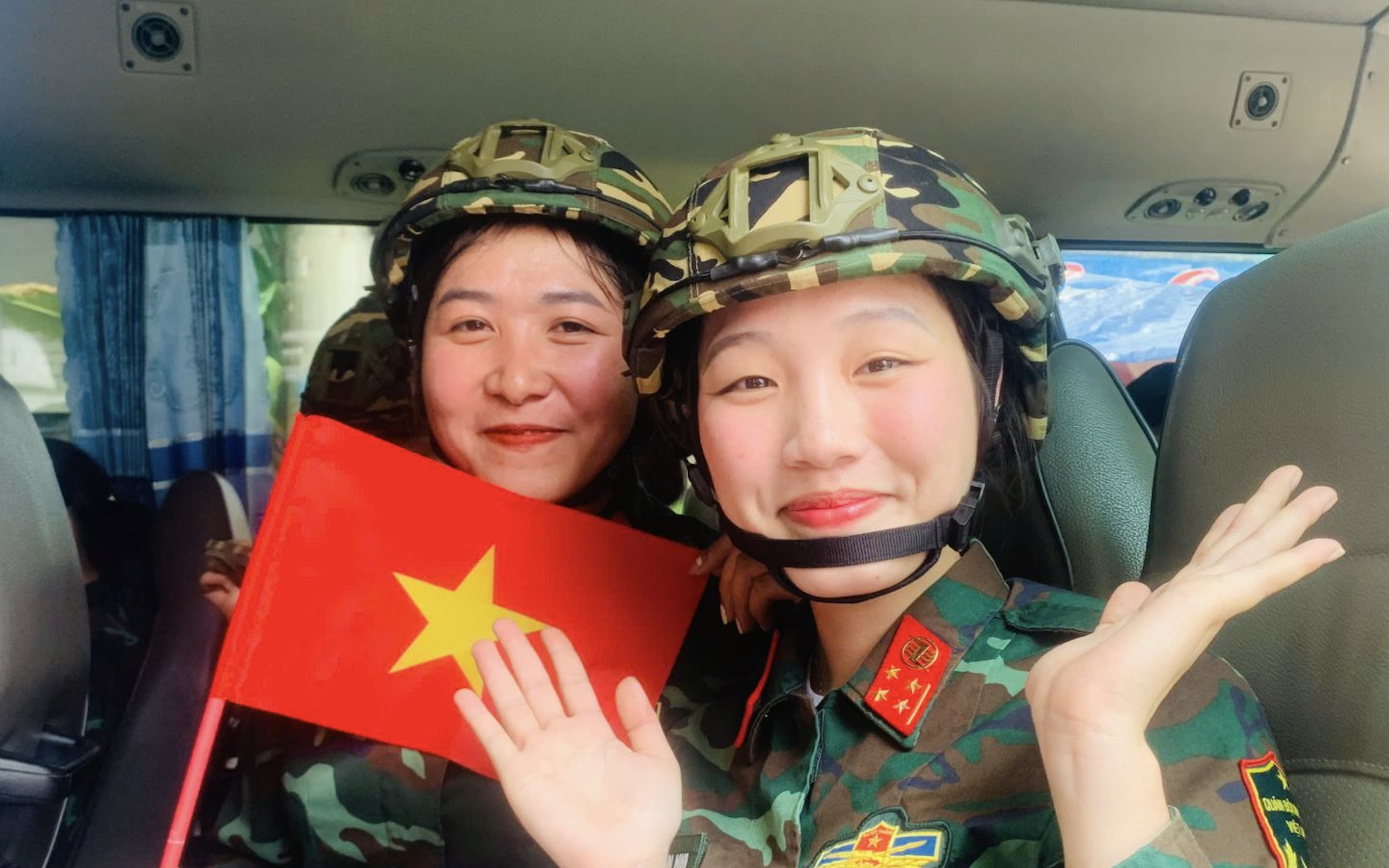

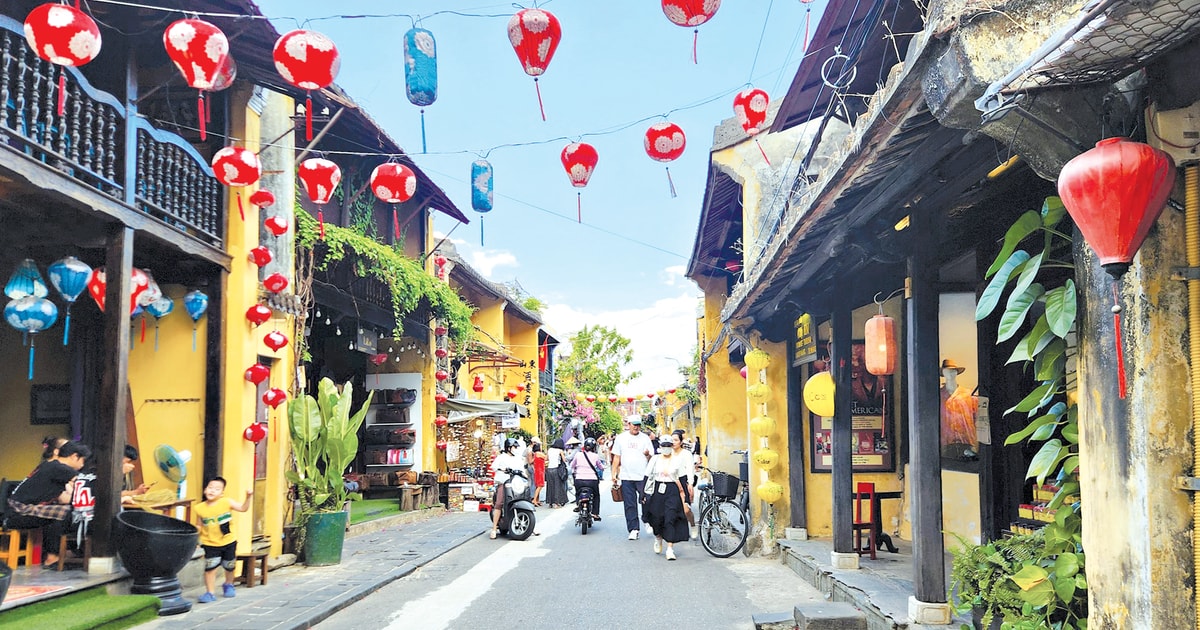

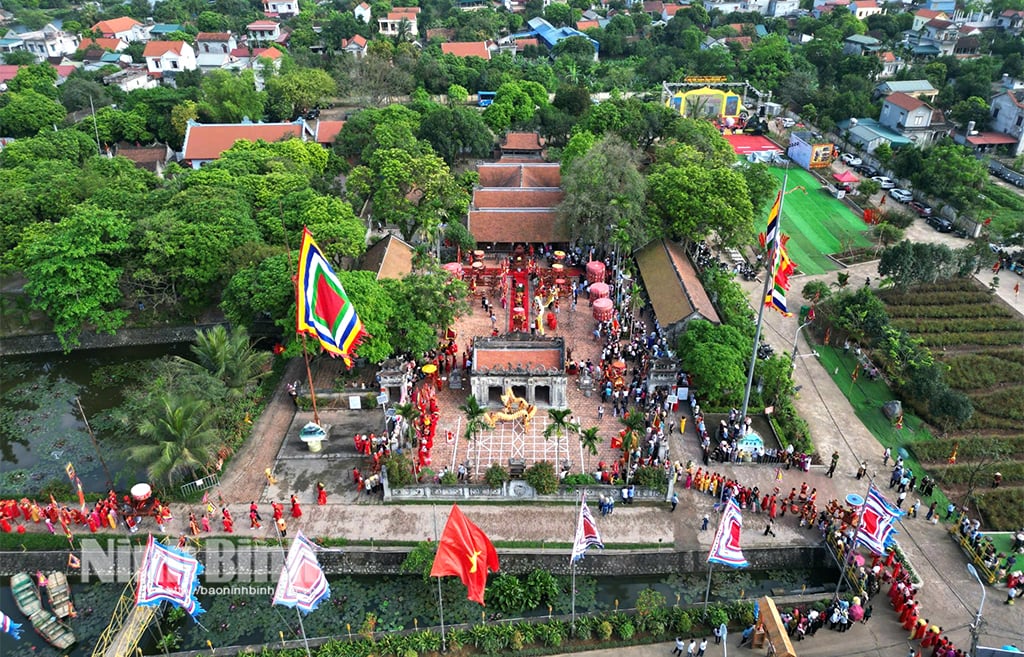



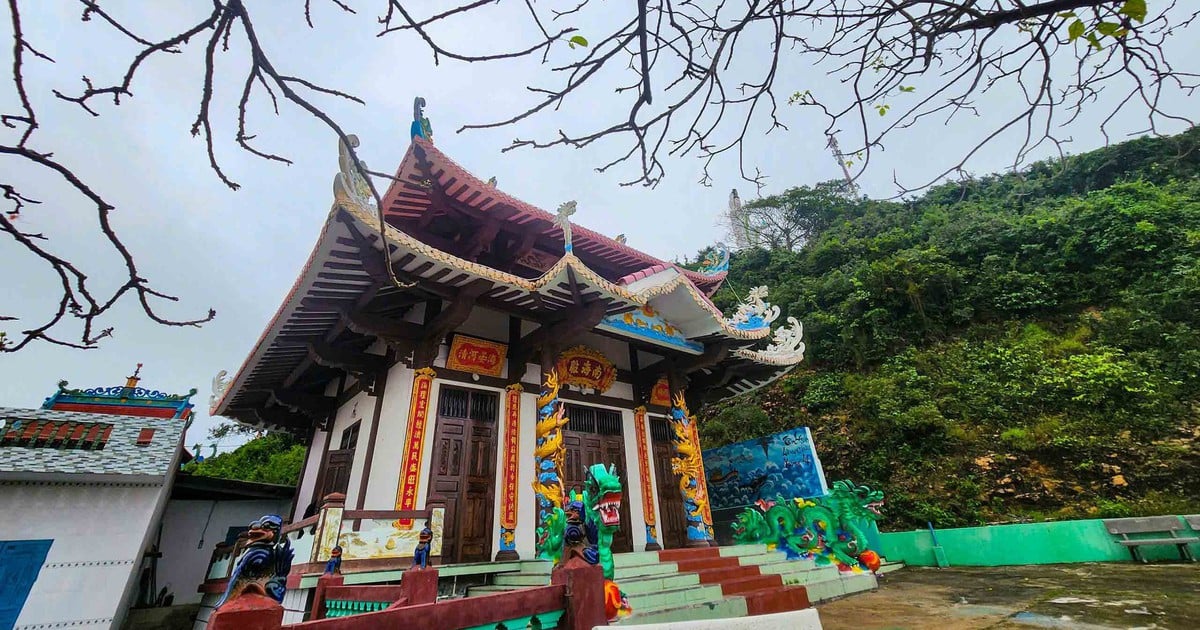

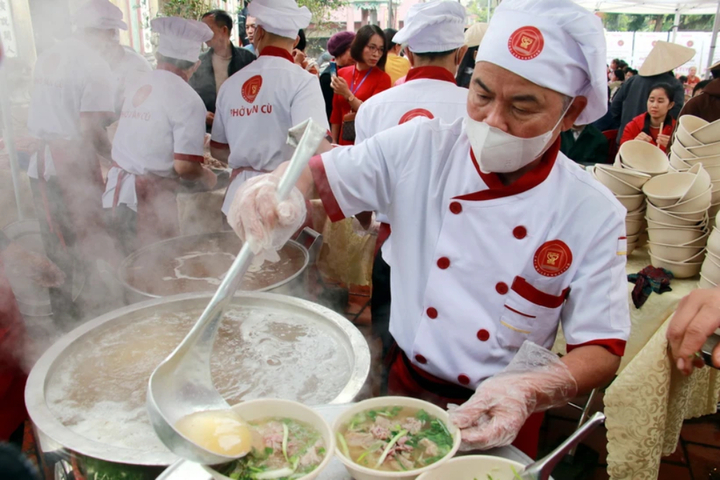

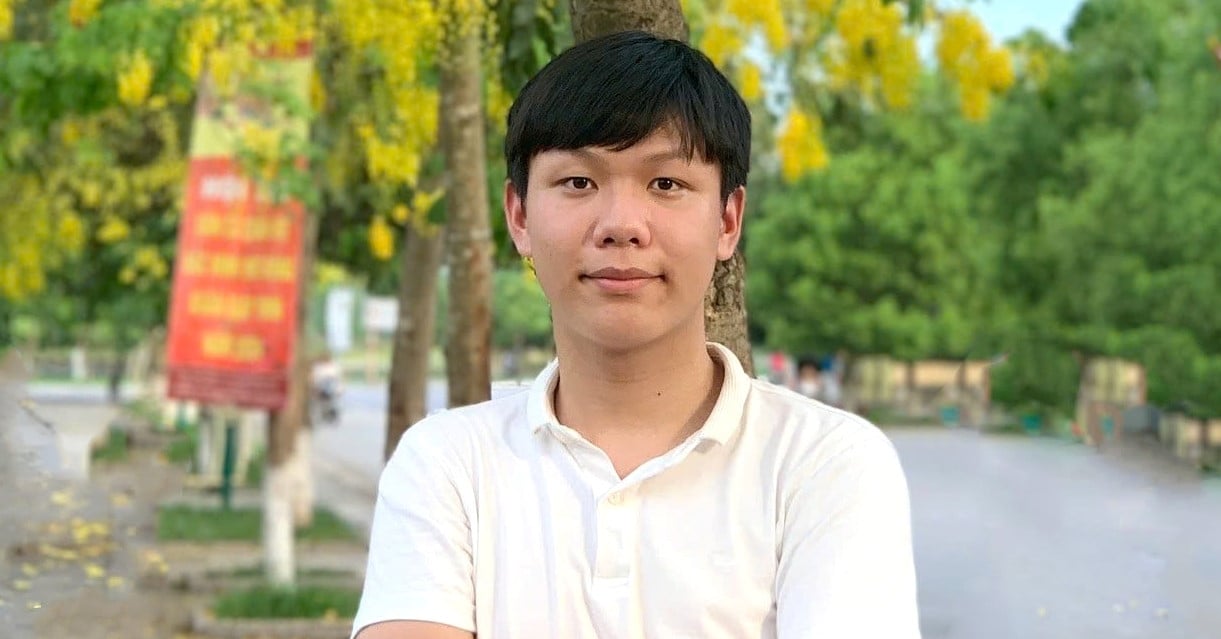

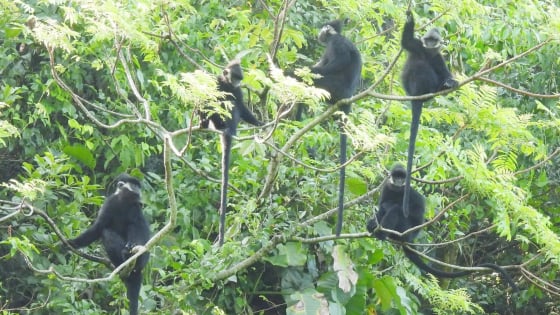

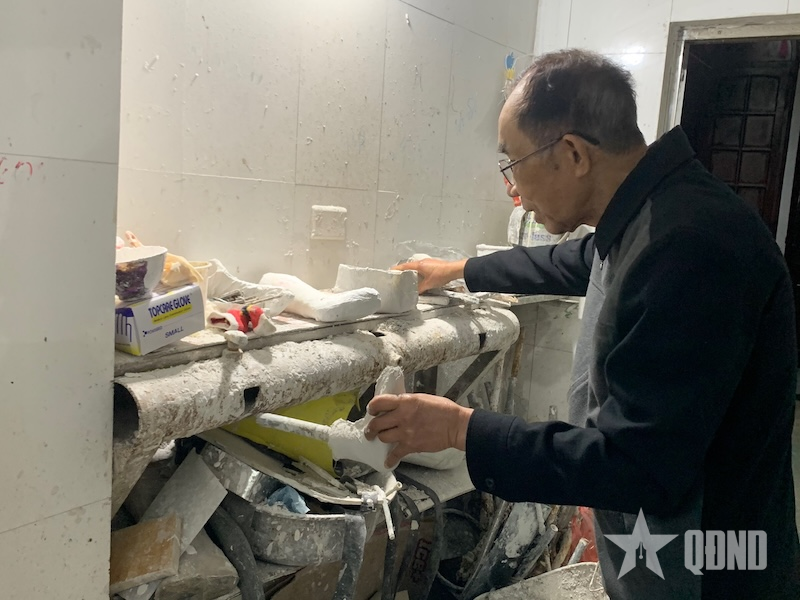

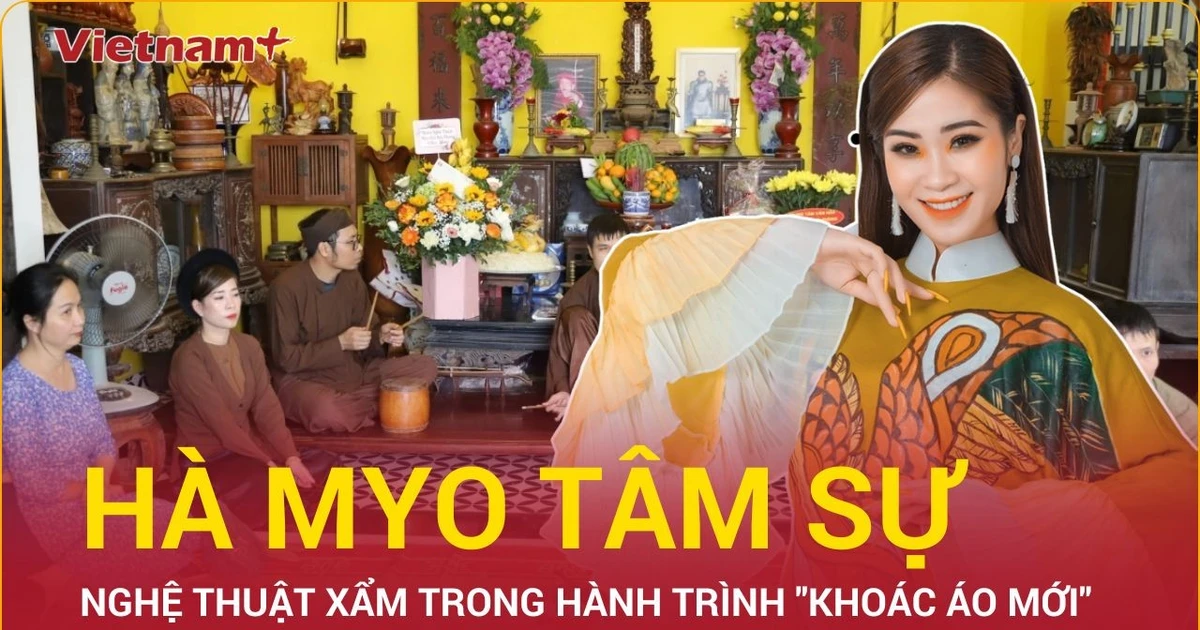

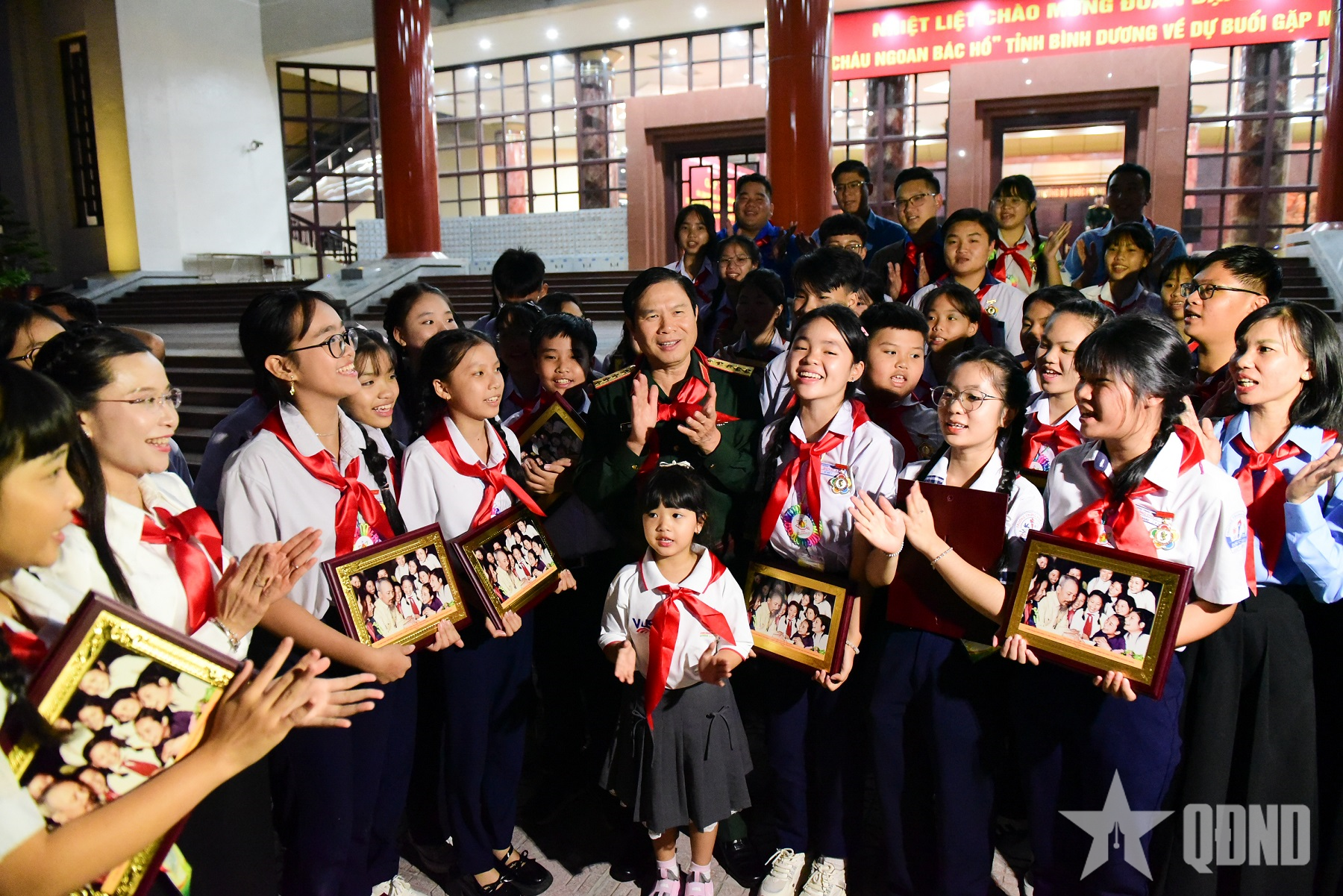
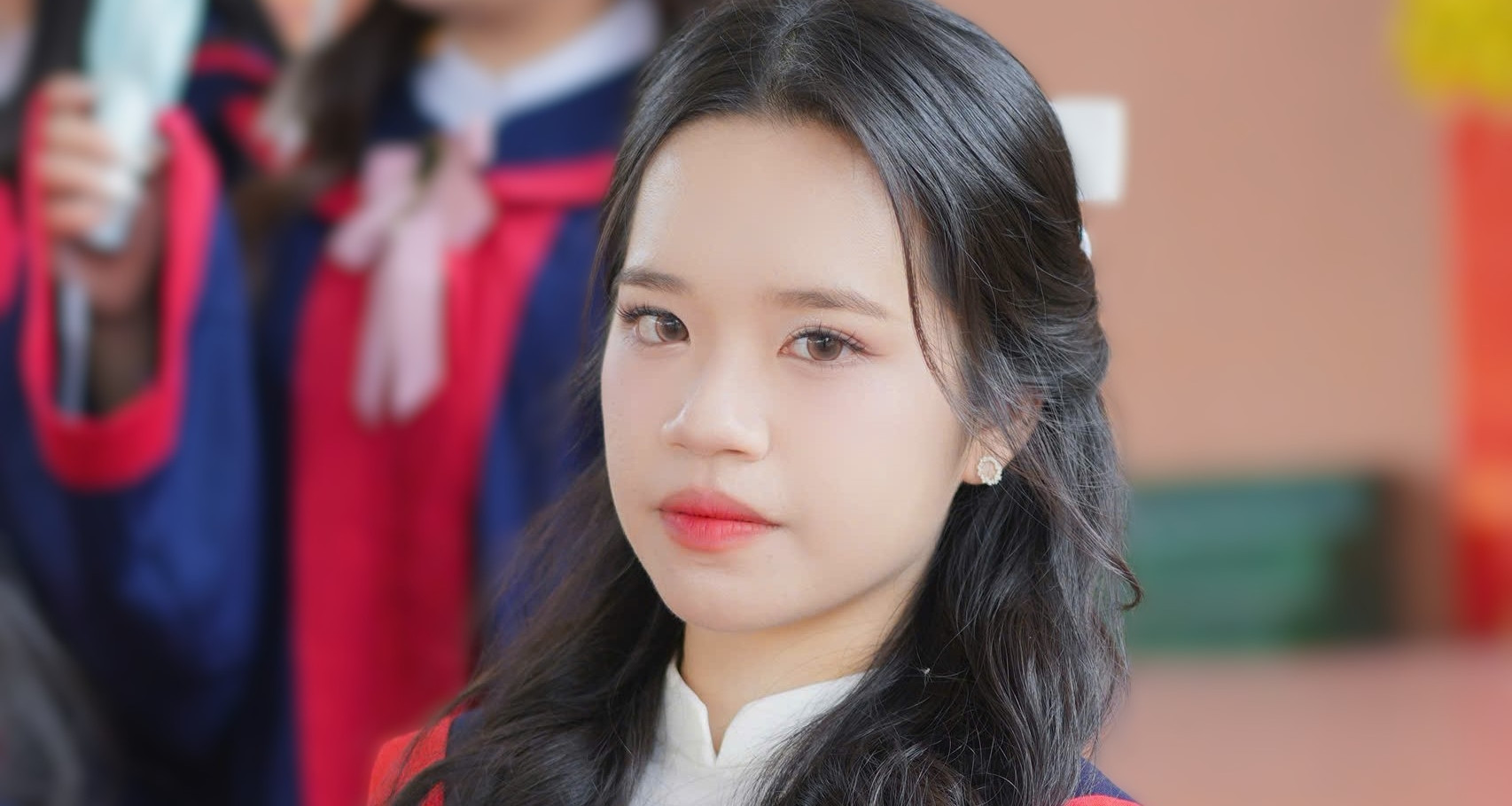
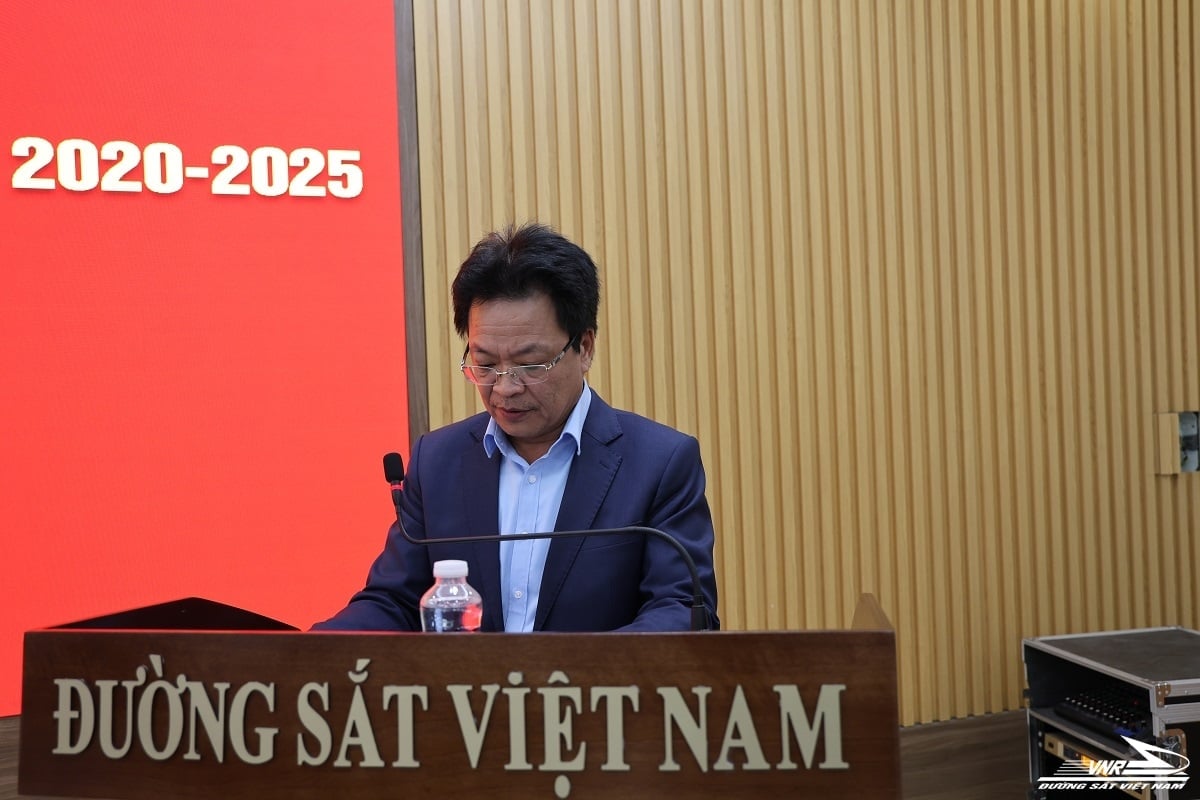

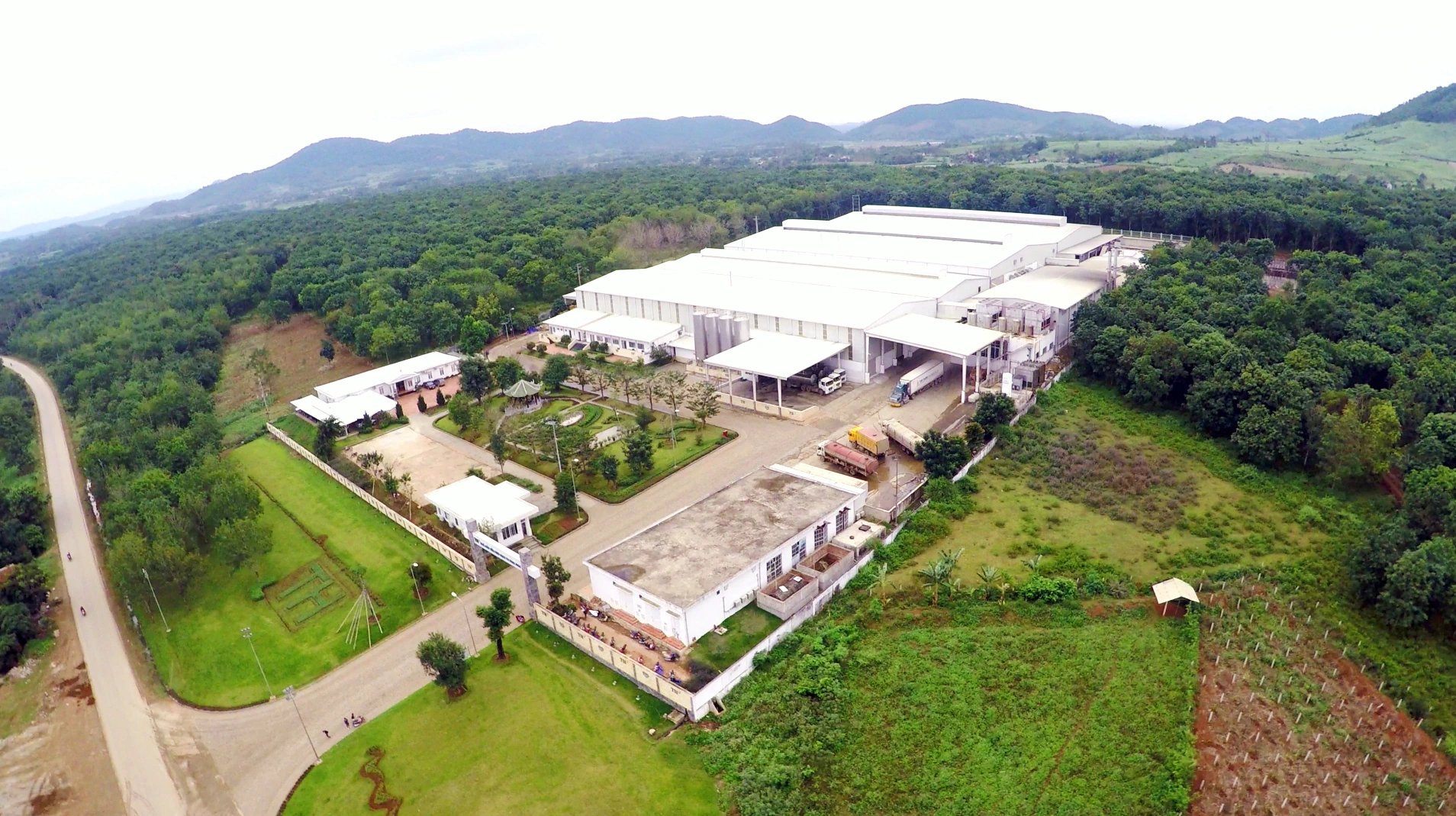
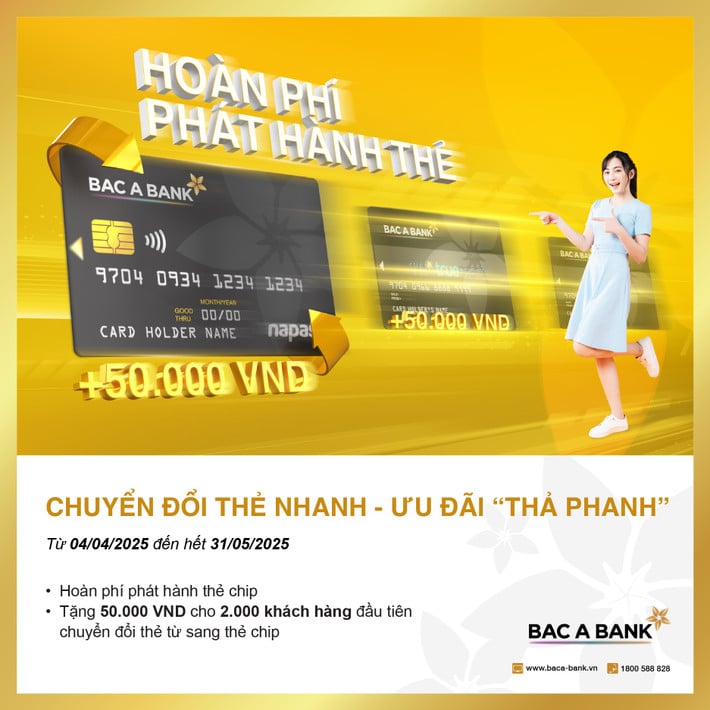

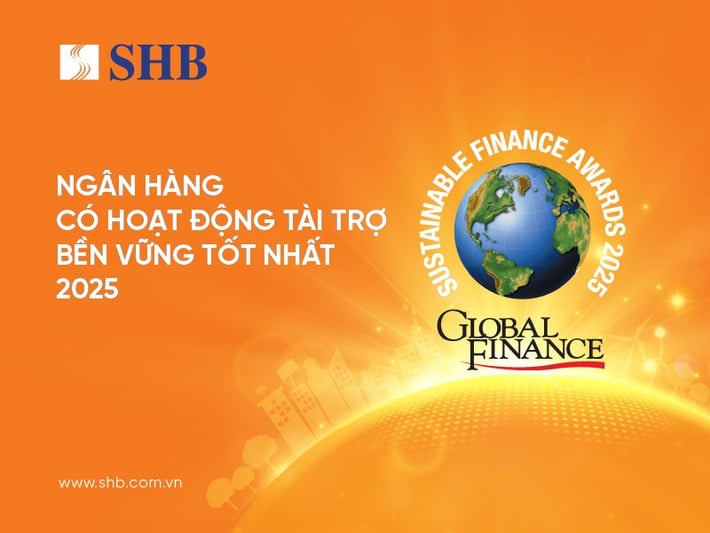

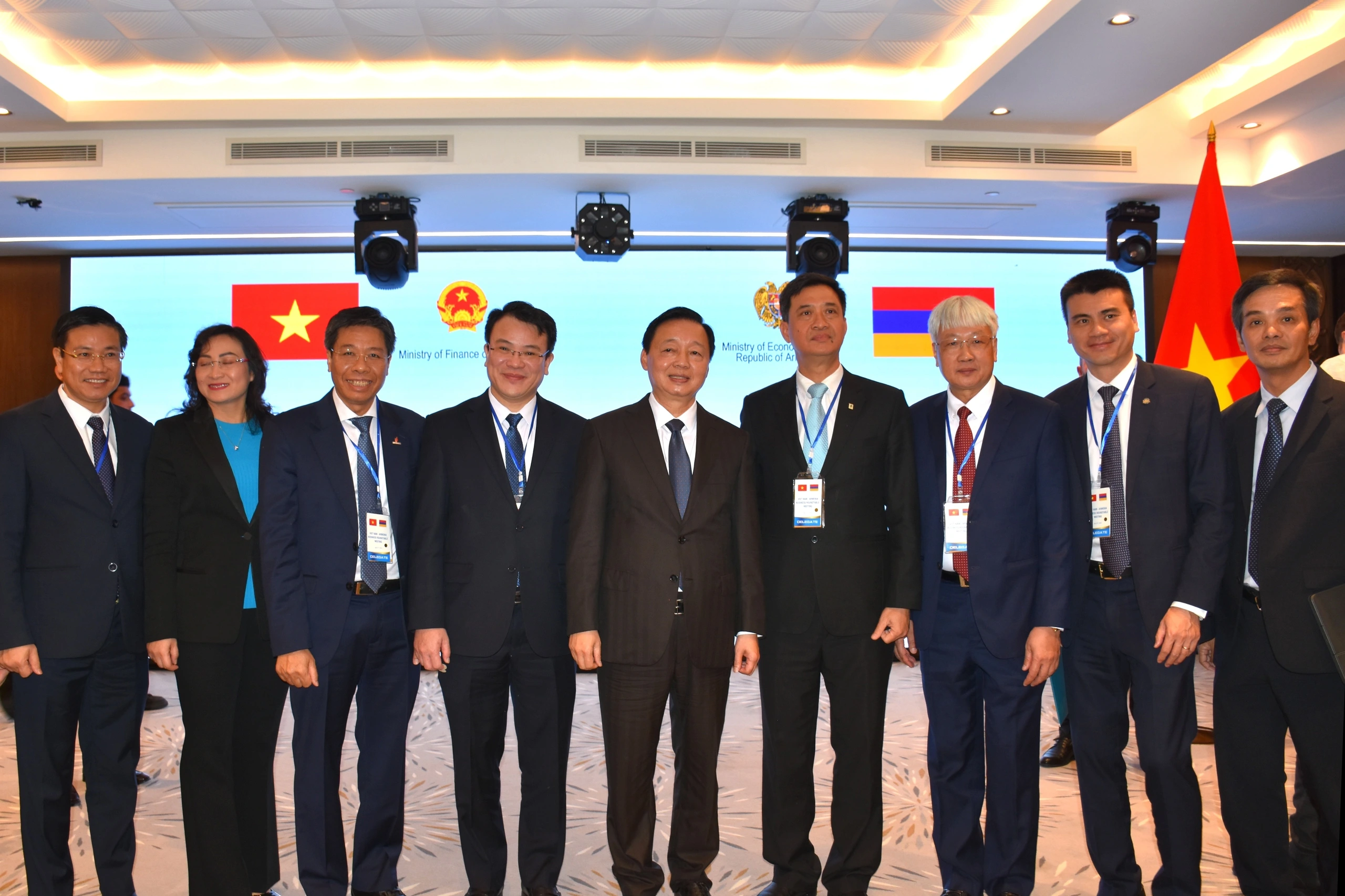

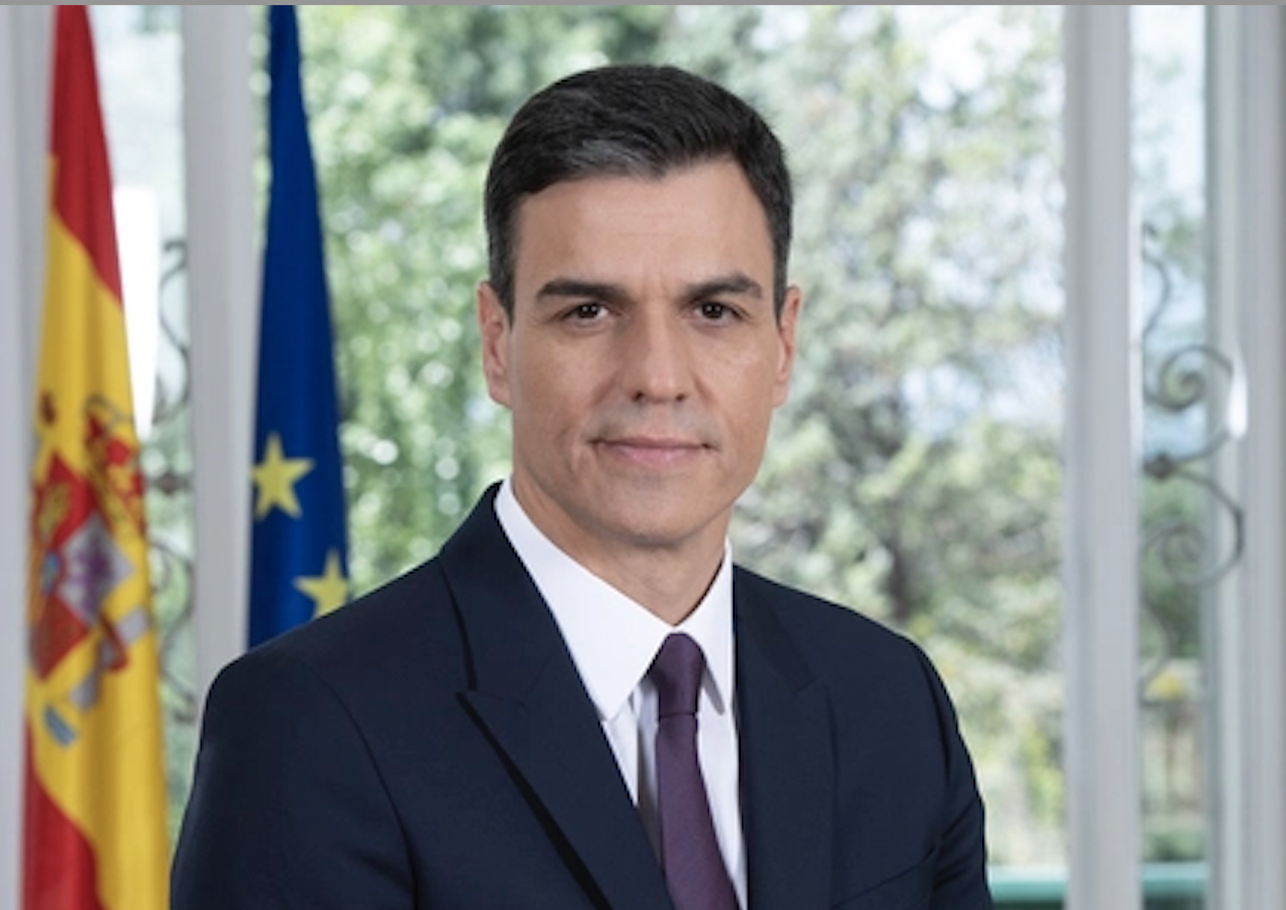

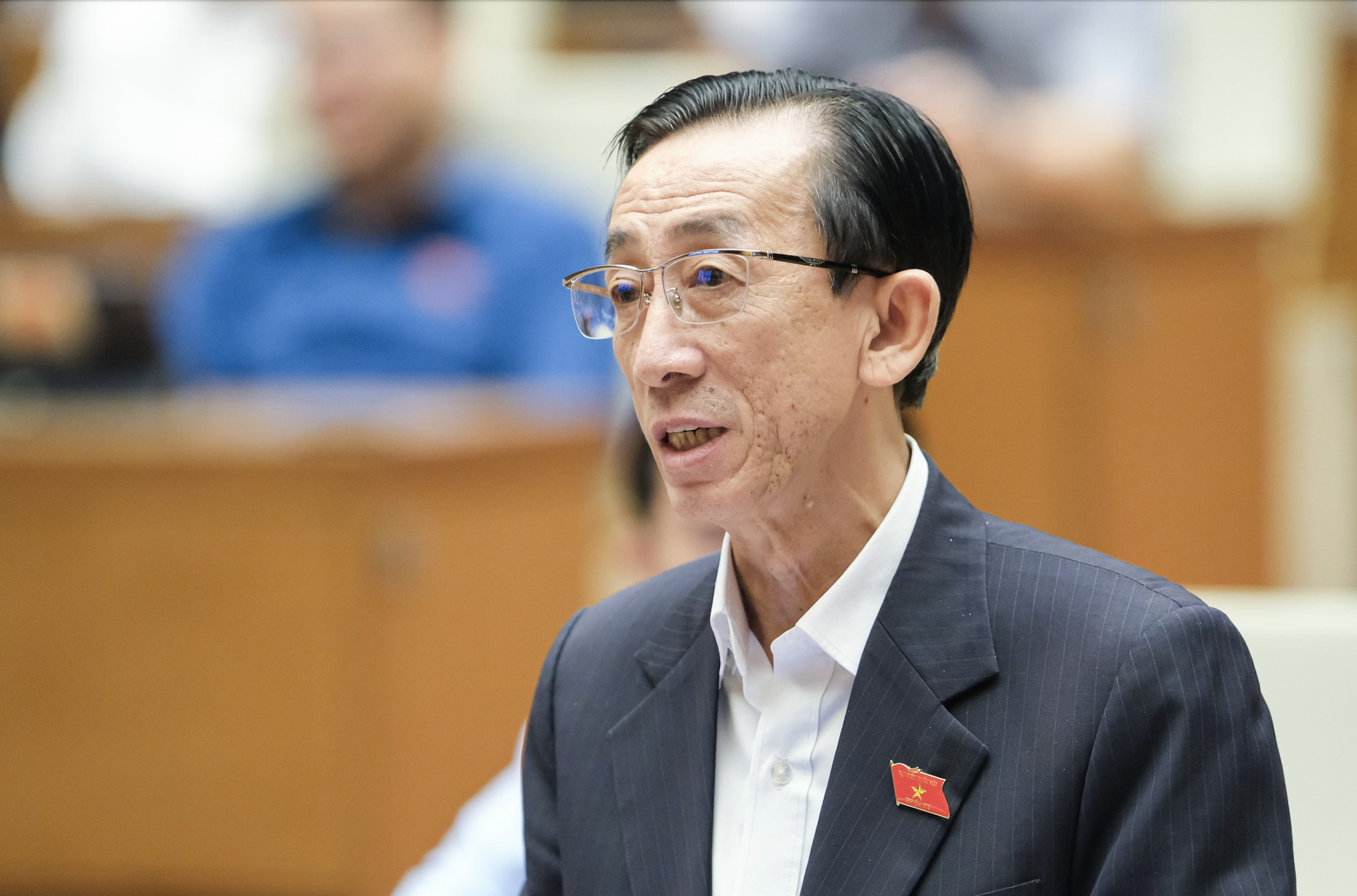




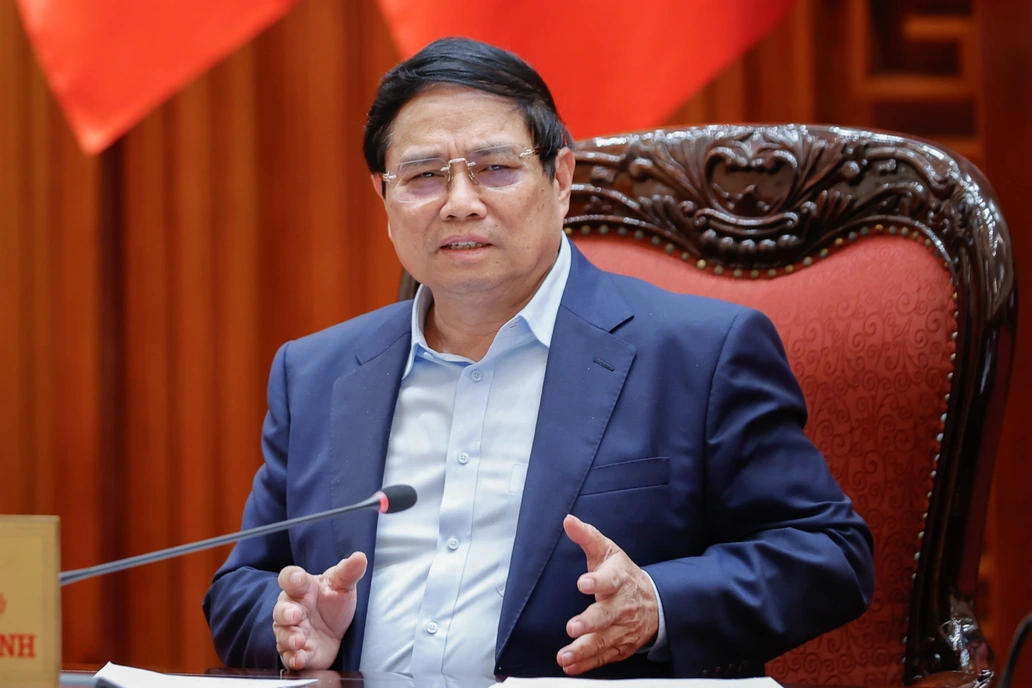








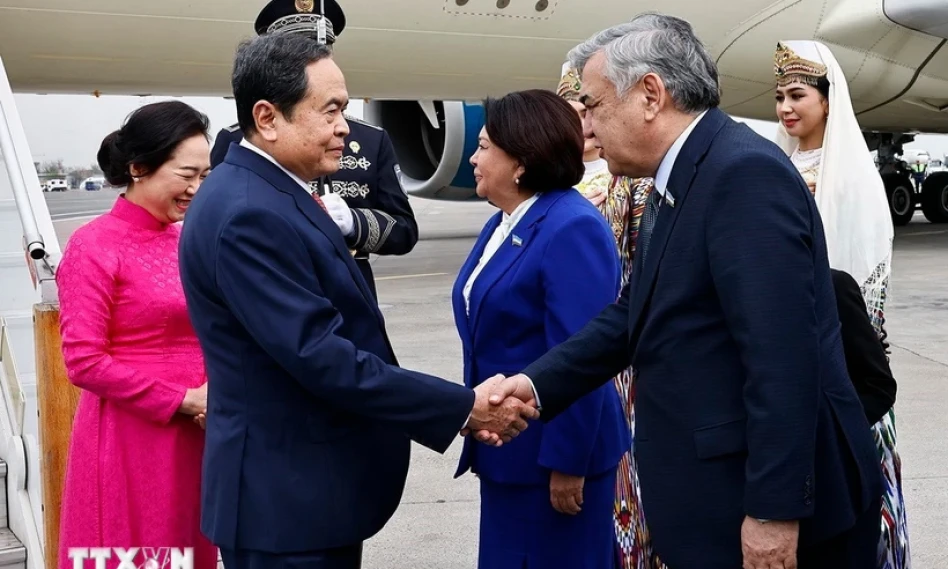
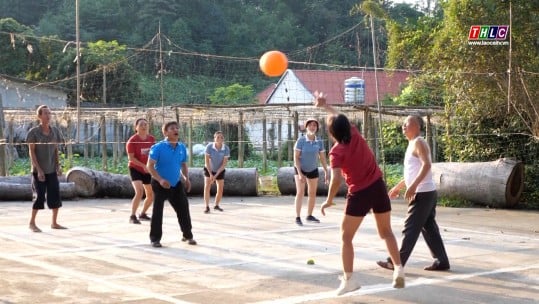
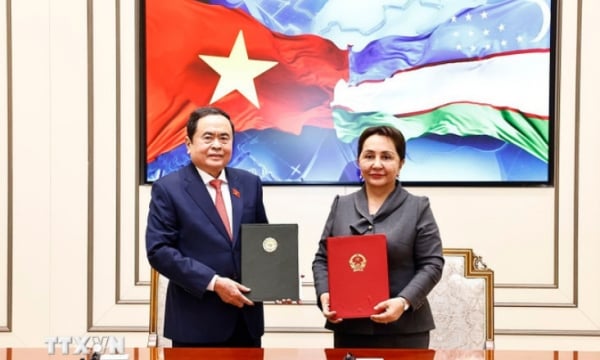
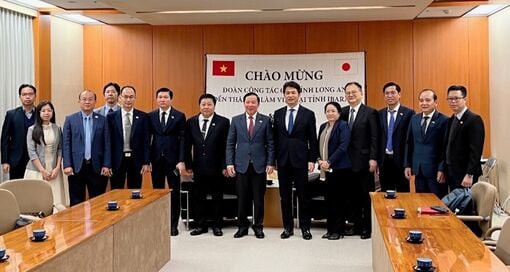
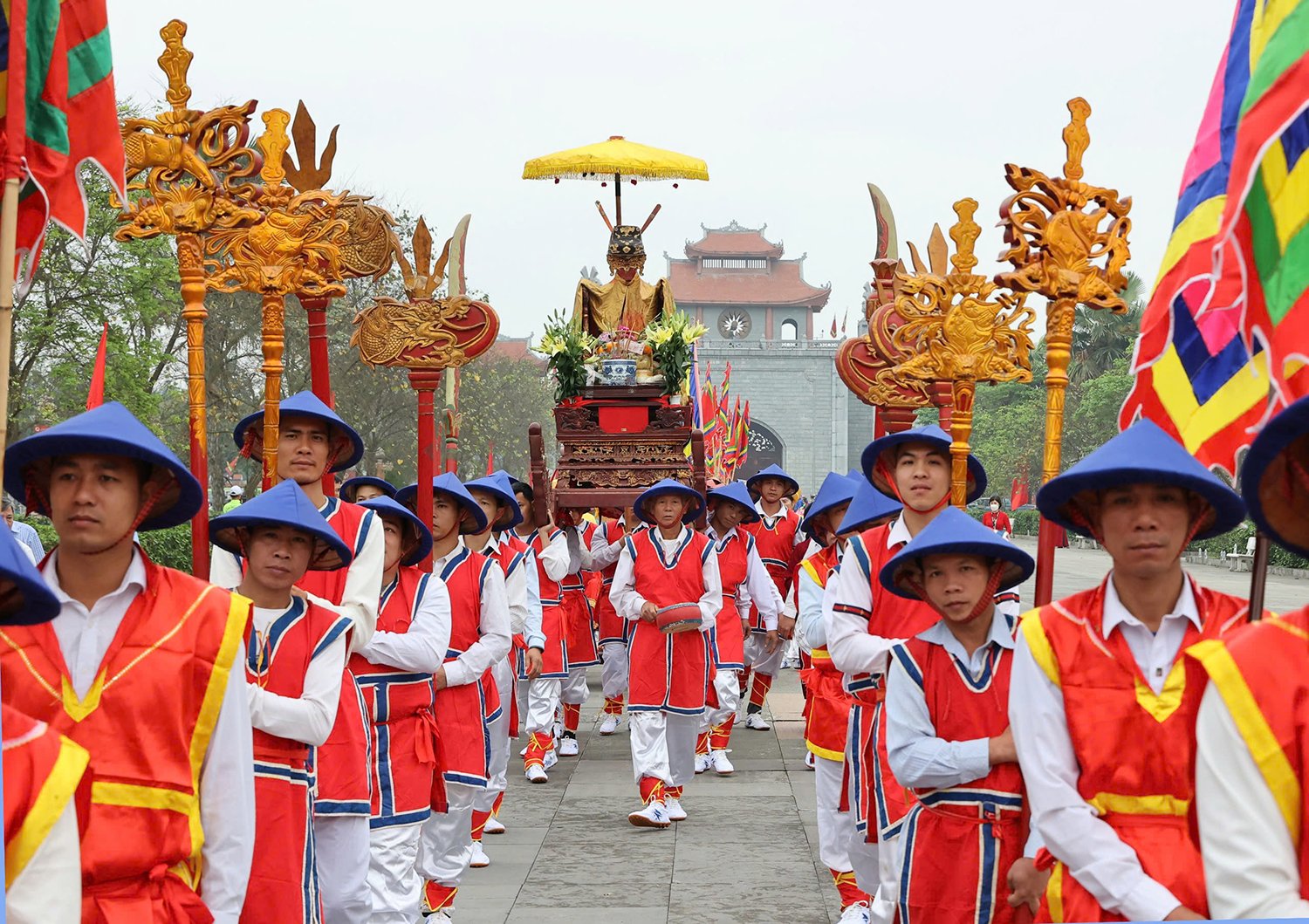
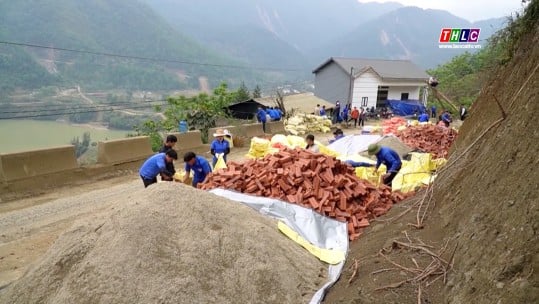


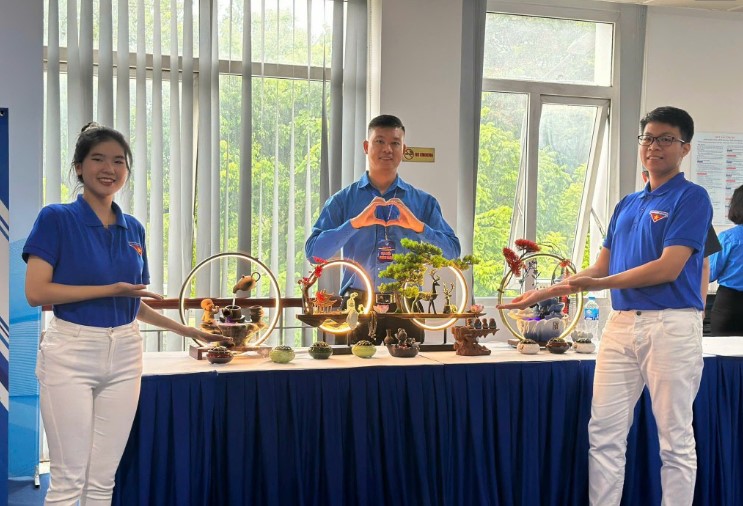
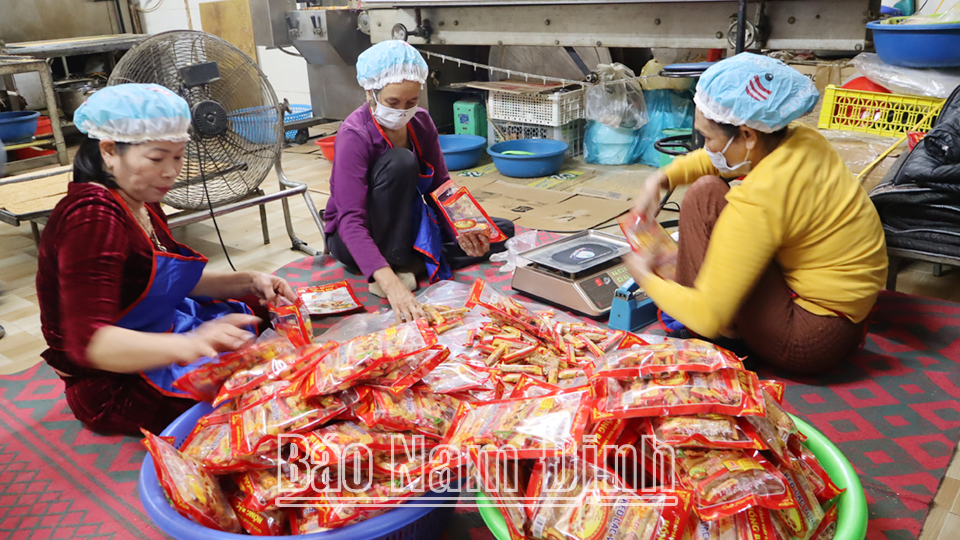





Comment (0)